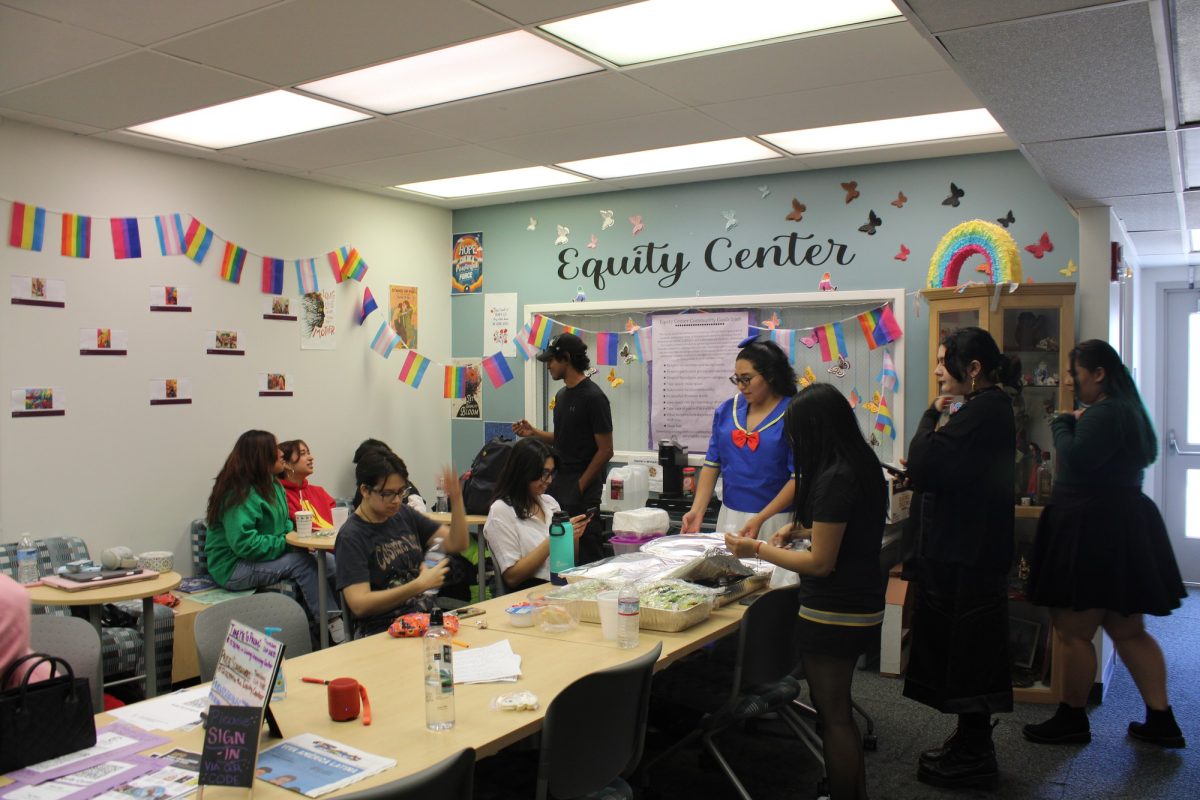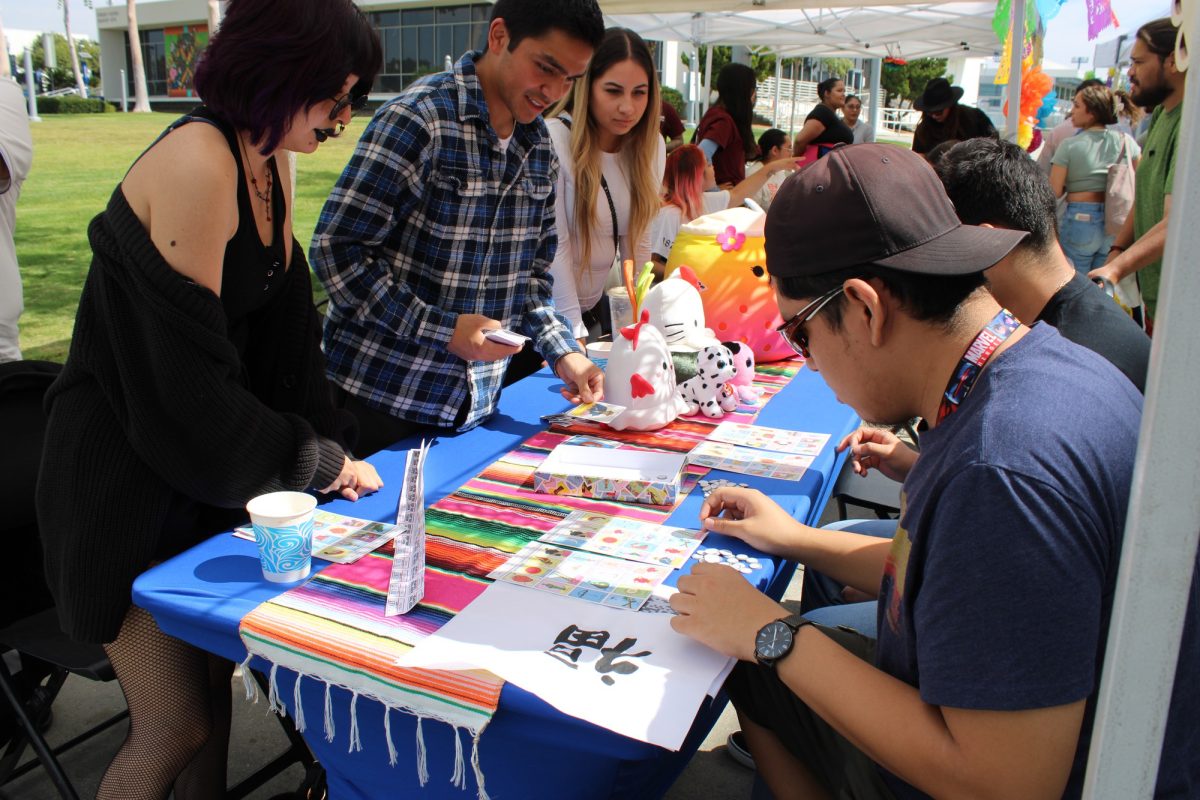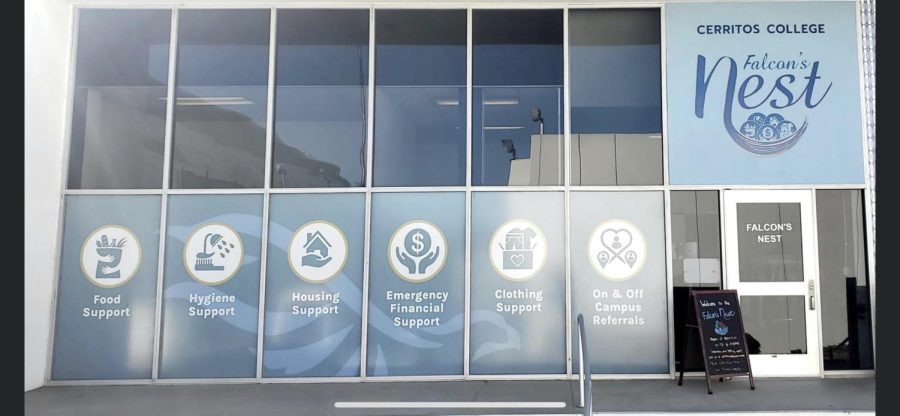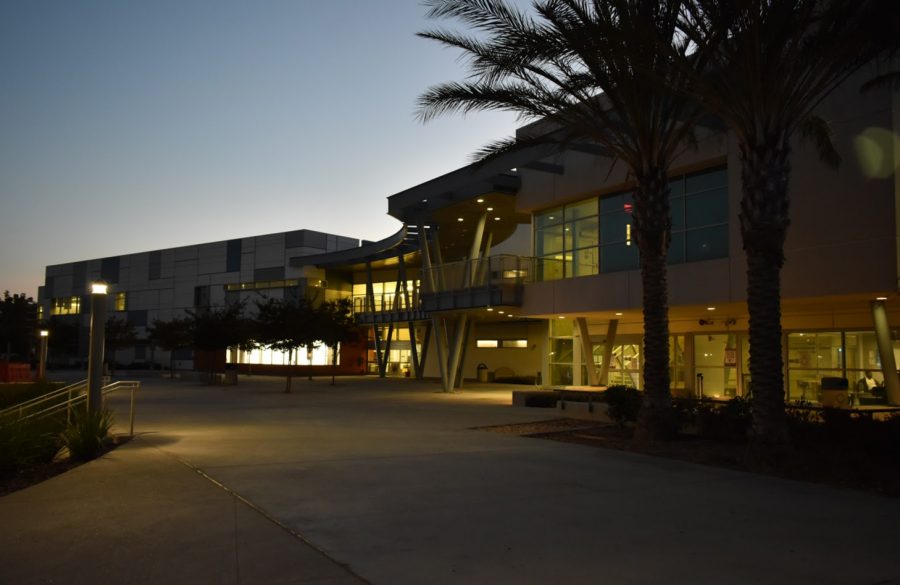Debbie Jensen, associate professor of physical education at Cerritos College, would like to find out if exercise improves learning in classrooms.
Jensen is looking for at least 200 students to volunteer for a spring semester survey that will examine the effect that physical education has on student success.
“Physical education makes students more confident,” Jensen, who is also the women’s soccer coach and an assistant coach for track and field, said.
“We believe that confidence transfers into the classroom. If we can get [students] to believe in themselves, it will increase their success.”
Jensen said there is research that proves that physical activity stimulates parts of the brain that are used for understanding complex ideas and memory retention.
“We have a lot of students here who struggle with math and English,” she said. “If we can help them then that would be awesome. We’re trying to prove something that we already know.”
Some Cerritos College students are optimistic about the survey.
“This is a great idea because it’s going to help students get smarter and healthier,” Johnny Garcia, physical education major, said.
Garcia, 23, added that since he started exercising he has had increased energy levels that have helped him improve his grades. He said the improvement was not too significant but it was for the better.
Chemistry major Jo Hannah Cabrera, 19, agreed, adding that exercise allows her to be more in-tune with her body.
“Exercise stimulates my brain. It helps me focus more and it reduces the stress that comes from the classroom. When you accomplish your goals in physical education it makes you more confident to succeed in your academics,” she said.
Students who are interested in volunteering for the survey can pick up an application at the Physical Education Building or the Student Center.
Jensen said volunteers are required to meet for three 30-minute meetings throughout the spring semester to share results and suggest ideas to improve the study.
The survey will track student progress through grades, fitness level and self-perceived confidence. The intent is to build student confidence through physical education then track how it helps the student visualize academic success.
Students will be arranged in six groups based on their class schedules.
The first two groups include students who take exercise classes immediately before their next classes. Groups three and four will have the students who take exercise courses hours before their following classes. Groups five and six will have students who take no exercise classes but go straight into class.
“We hope that (groups one and two) show the best improvement,” Jensen said.
Jensen is considering adding another group of students who exercise on their own time, but is not sure how the group would be analyzed.
“We can’t have the program move forward without the help of the students. The more students we get, the more information we will have,” she said.
Jensen said that several high schools across the nation have implemented this idea, which has improved student discipline and progress.
“Exercise opens the neurological pathways to the brain, which allows more information to flow through,” Jensen said. “Without exercise, these pathways are closed down.”





















